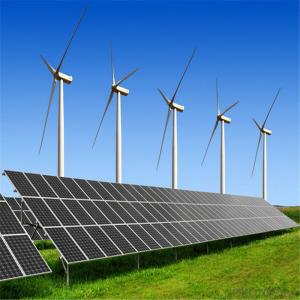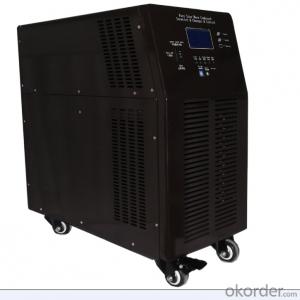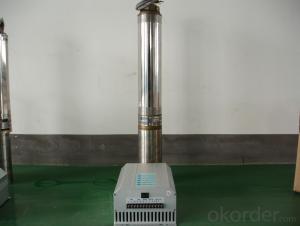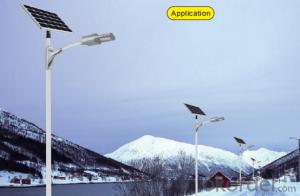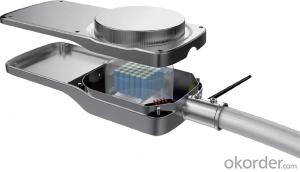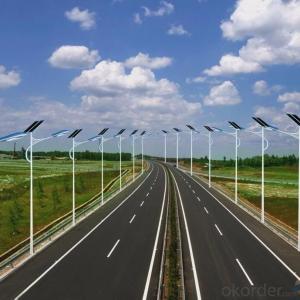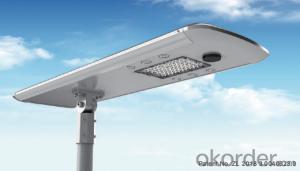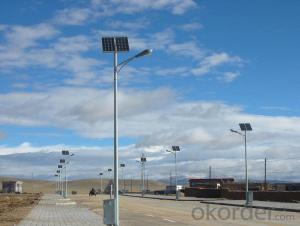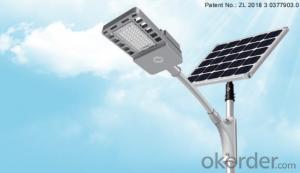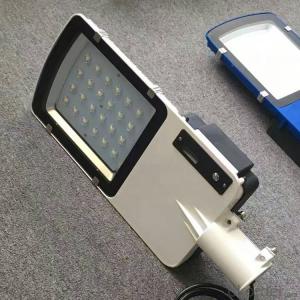First Solar Inverter
First Solar Inverter Related Searches
Solar First Inverter First Solar Module One Solar Inverter 1kw Solar Inverter 1 Phase Solar Inverter Solar Inverter 1kw The Solar Inverter 1kva Solar Inverter Inverter Solar Solar Inverter 1 Kw Solar Inverter 1kva Solar Solar Inverter 1kv Solar Inverter 1 Kva Solar Inverter Inverter In Solar Good Solar Inverter Inverter With Solar Input Solar Inverter 1 Kilowatt 1mw Solar Inverter Top Solar Inverter Solar Based Inverter Solar Best Inverter Inverter For Solar Battery Solar Inverter Power Solar Inverter Solar All In One Inverter Sun Solar Inverter Inverter With Battery Solar Solar And Inverter Small Solar InverterFirst Solar Inverter Supplier & Manufacturer from China
First Solar Inverter is a high-quality solar energy conversion product that plays a crucial role in harnessing the power of the sun. This product is designed to efficiently convert the energy generated by solar panels into usable electricity for residential, commercial, and industrial applications. The First Solar Inverter is widely recognized for its reliability, efficiency, and durability, making it a popular choice among solar energy enthusiasts and professionals alike.The First Solar Inverter is employed in various scenarios where solar energy is harnessed to power different types of electrical systems. It is commonly used in solar panel installations on rooftops, in large-scale solar farms, and even in off-grid applications where traditional power sources are not readily available. The versatility of the First Solar Inverter allows it to cater to a broad range of energy needs, making it a valuable asset in the renewable energy sector.
Okorder.com is a reputable wholesale supplier of the First Solar Inverter, boasting a vast inventory that caters to the diverse needs of customers worldwide. With a strong commitment to quality and customer satisfaction, Okorder.com ensures that each First Solar Inverter is thoroughly tested and meets the highest industry standards before being shipped to clients. This dedication to excellence makes Okorder.com a trusted source for those seeking to invest in reliable and efficient solar energy conversion solutions.
Hot Products










